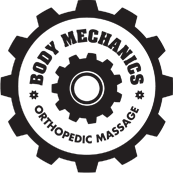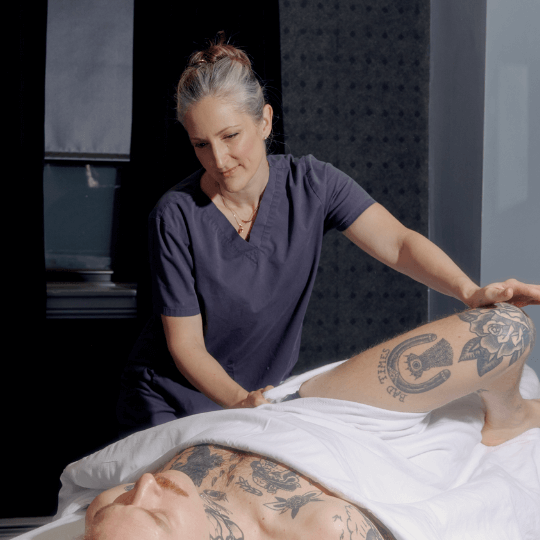As athletes we constantly push our bodies to the limits. Runners want to run longer and faster, lifters want more weight, yogis go for advanced positions, and some of us just do it all. We constantly test our mind and endurance by pushing beyond our comfort zones, and we have learned that often that push comes with a little pain. For most of us that means that when we feel uncomfortable-when we are at that edge where it hurts-we are celebrating our success at fighting the good fight. But if pushing it hurts, how do you know if you are really hurt?
Injuries often come in two forms: sudden injuries such as falls, collisions or tears; and insidious over-use injuries like tendinitis, plantar fasciitis, or knee-tracking issues. Whatever the cause is, its important as an athlete to know when you are really hurt. You should always check with your doctor about any issues you are unsure of, or any complications from pre-existing problems.
Here is how to tell the difference between a little pain and something that will take you out of the game.
1. If exercise makes it worse, not better. Wait, though, you think that sounds straight-forward, right? Well, this also applies to injuries that feel fine WHILE you exercise but begin to hurt a few hours later. Many serious over-use injuries DO NOT hurt while you are performing the activity but only after it is too late. The reason is the tissues warm up and lengthen, causing a deceptive pain feedback. As the muscles cool later in the day or overnight, and begin to lay down tracts of scar tissue, the fibers will contract and cause pain. Injuries like these are a catch-22 as exercise often makes them feel better for a short period of time. Check in with yourself, keep a journal about when and where the pain is occurring. If its always the same….watch out!
2. Pain that is point tender and gets worse while you exercise. Let’s be honest, folks, it is one thing to feel the burn, and totally another to have pain that grows and grows and grows. If your pain is progressive, it is a problem. Pull up; it just is not worth it. Ever hear that phrase “on your last nerve?” Well, you quite literally can be, and some things can’t be fixed. Get it checked.
3. Any time you feel numbness, tingling, or strange sensations in your limbs. Nerves are squirrely, when they are damaged it is not cut and dry. They may report LESS feeling or MORE feeling, but either one is a bad sign. If you are having any neurological systems its time to hit the Doc, not the gym.
4. Anything that hurts so bad the next day that an Advil won’t take care of. Many a great athlete has arrived in my studio hopped up on pain meds looking for relief through a massage, only to be booted out. If the pain is so bad you are digging through your cupboards for pain relief then you need to haul it to a Doc.
5. Injuries that come with a lot of heat and swelling. A little heat and swelling often come with extreme workouts like marathons, but most of you won’t be able to see it or feel it. Normal inflammation that comes with working out will resolve itself shortly after the workout. If it does not, or if you can visibly see swelling and feel the heat, it’s best to get it checked, and refer to your RICE protocol.
6. Any injury that comes with an audible noise. We all pop and grind occasionally, however any injury that comes with a noise and then pain, or alternately a noise and then LACK of feeling, is likely very serious. Be cautious, many muscle tears come with no feeling at all. The nerves are damaged and report back nothing, but you will likely hear the noise and it is accompanied by heat, swelling and sometimes a visible gap in the tissue. If muscle tears are to be repaired surgically , it must be done right away. Don’t wait if you suspect you have a problem.
If you are pushing it to the edge constantly, invest in preventive care or a trainer who can help you navigate this territory. It’s a good idea to get a yearly check up, and see someone regularly who has at least some medical training. You should also invest in an athlete’s emergency kit. No one ever said, “I am sure glad we did not have any band aids or ace bandages on hand for that”. And if you are competing, consider being a local hero and taking a first aid/CPR course at your local Y or community center. For many injuries early intervention is key, and your knowledge could save someones life. Now that is team spirit.

